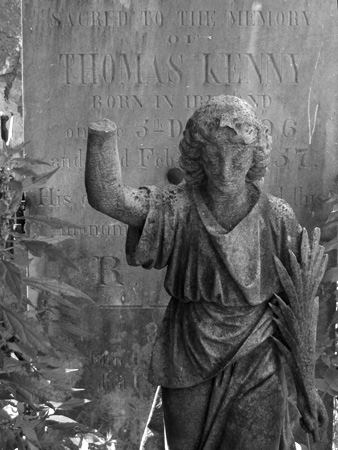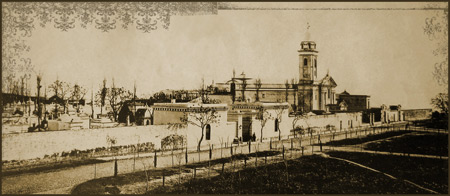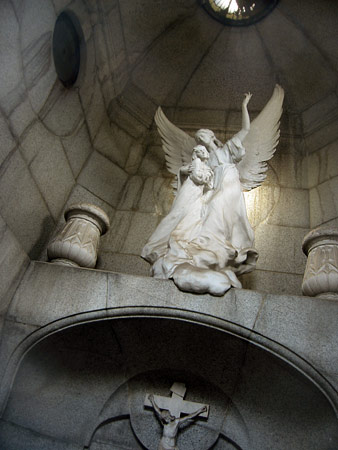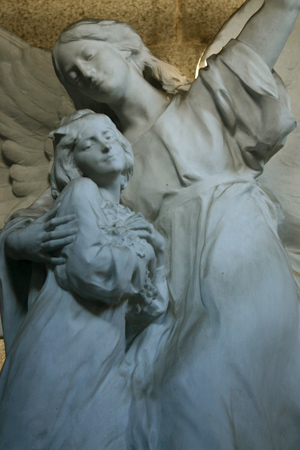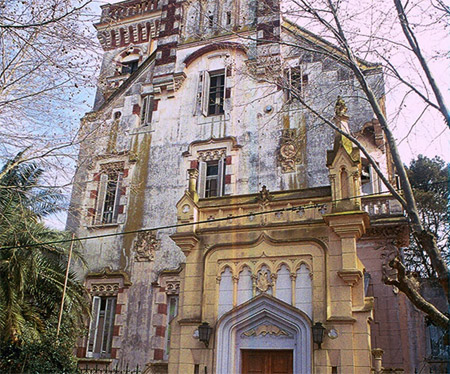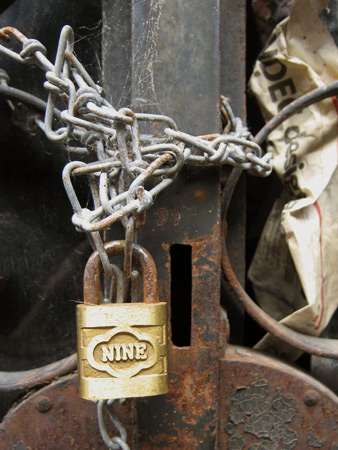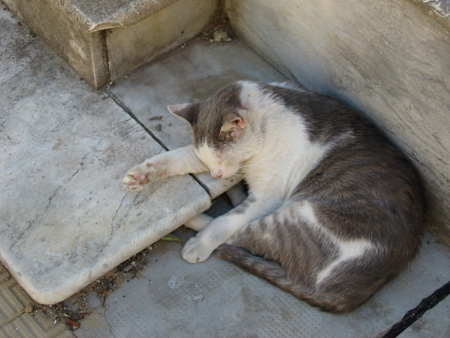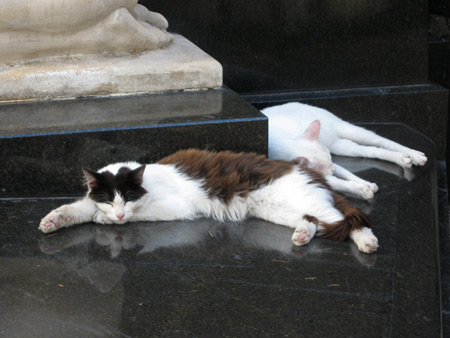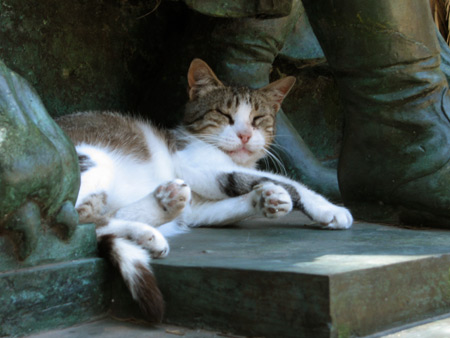Lots of Irish Catholic immigrants came to Argentina along with all the Italians & Spanish. For most of its history, only Catholics could be buried in Recoleta Cemetery so any new arrivals who practiced Catholicism qualified. These aren’t easy to find… pay special attention to nooks & crannies. Simple tombstones with English inscriptions hide among the grandeur of monster-size mausoleums.
The tombstone below reads: “Sacred to the memory of Rose Casey, native of Cº [County] Westmeath Ireland, who died [date unreadable] March 1881, aged 50 years.”
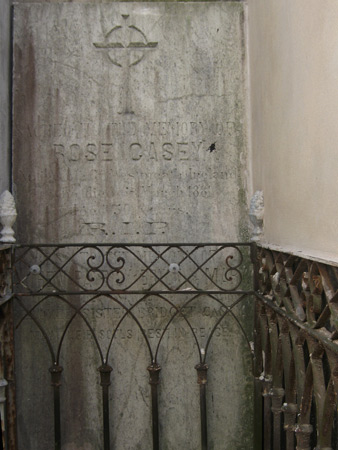
Another reads: “Sacred to the memory of Patrick McLoughin who departed this life on the 29th of Augost [sic] 1862, aged 40 years. His beloved wife dedicates this to his memory.”
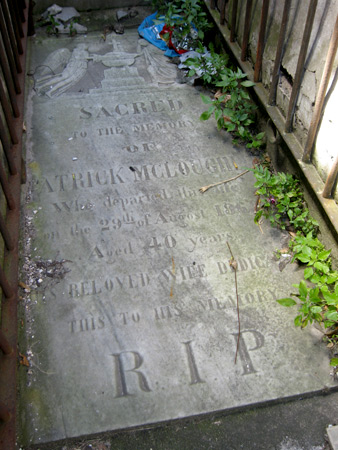
Another with a small, neglected statue states: “Sacred to the memory of Thomas Kenny, born in Ireland on the 5th Dec 1796 and died Feb 15th 1857. His children have erected this monument to his memory.”
